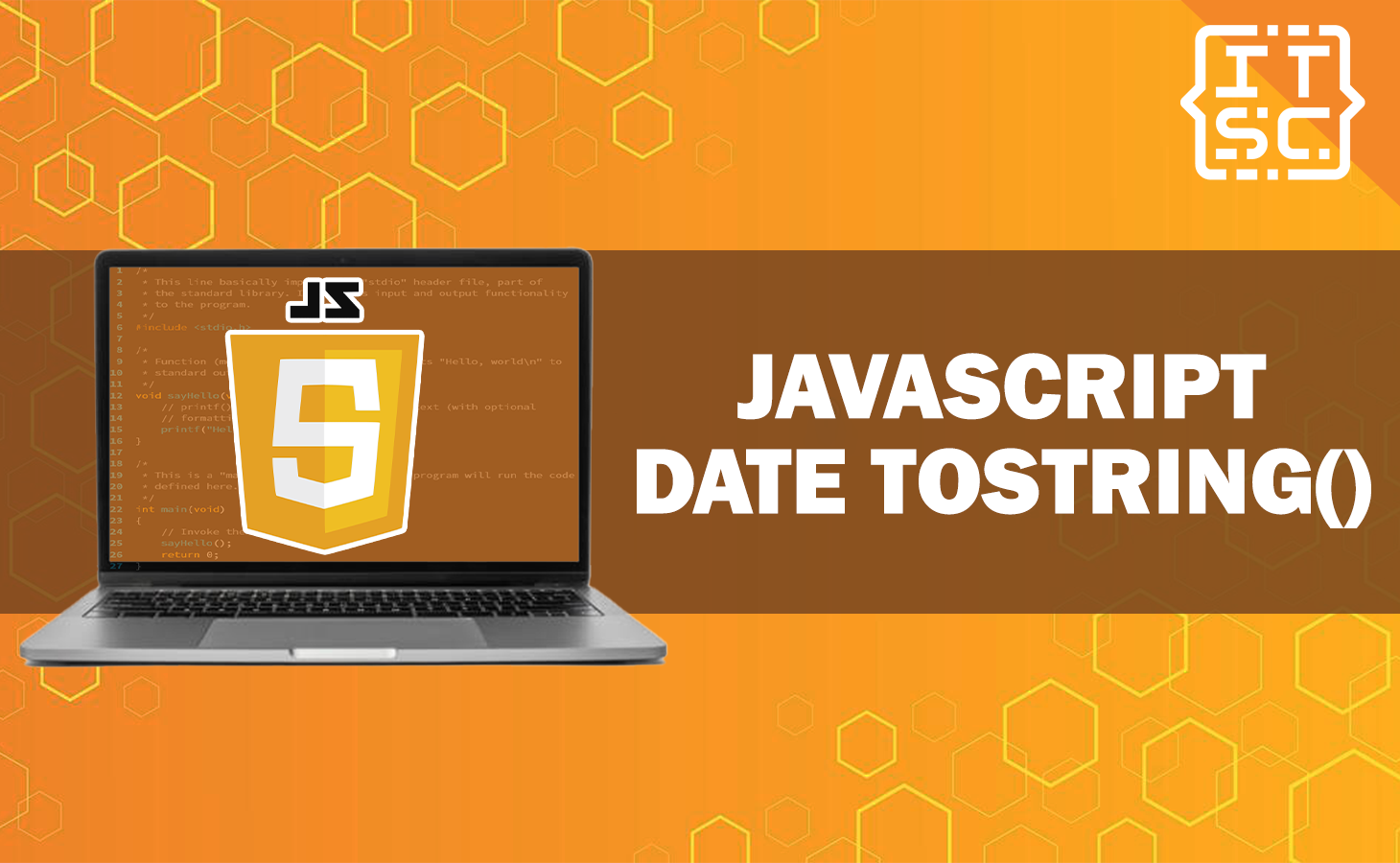Are you looking for methods for conversion of JavaScript Date toString?
In this guide, we will delve into the intricacies of converting JavaScript dates to strings.
We will explore the various methods, techniques, and best practices involved in this process.
One of the fundamental aspects of JavaScript is working with dates.
Dates are an essential part of many web applications, and understanding how to convert JavaScript dates to strings is a vital skill for any JavaScript developer.
So, let’s dive in and uncover the mysteries of JavaScript Date to String conversion!
What is JavaScript date tostring?
The conversion of a JavaScript Date to a String involves changing a date object into a readable and visually pleasing string format.
This transformation enables us to display the date in a way that is easily understood by users.
Syntax and usage:
The syntax for using toString() with a Date object is as follows:
dateObject.toString()Parameters:
This approach doesn’t require any input values. It is solely utilized with a Date object generated using the Date() constructor, and the object’s contents are transformed into a string format.
Return Value:
It provides the resulting string after the conversion process.
Here is an example:
var currentDate = new Date();
var dateString = currentDate.toString();
console.log(dateString);Output:
Fri Jul 07 2023 13:09:56 GMT+0800 (China Standard Time)Now, we will explore why this conversion is important…
Why is JavaScript date tostring important?
Converting JavaScript dates to strings is important for various reasons:
- Enables user-friendly display of dates for a positive user experience.
- Enhances aesthetics and usability when showing dates on a calendar, in a blog post, or in an e-commerce store.
- Facilitates data manipulation and exchange:
- Allows operations like sorting, filtering, and searching based on date criteria.
- Ensures consistent and standardized representation of date-related information:
- When sending data to a server or storing it in a database.
How to do date tostring JavaScript?
Now that we its importance here are the methods to utilize date tostring in JavaScript:
Method 1: Using toString()
This approach returns the string representation of the date including the date, time and time zone.
Here is the example program:
const date = new Date();
const dateString = date.toString();
console.log(dateString);
Output:
Fri Jul 07 2023 13:20:59 GMT+0800 (China Standard Time)2. Using toDateString()
This method toDateString() returns the date without the time and time zone.
Here is the example snippet program:
const date = new Date();
const dateString = date.toDateString();
console.log(dateString);Output:
Fri Jul 07 2023Method 3: Utilizing toISOString()
Another method is toISOString() it Returns an ISO-standard string representation of the date, which is in UTC.
Example Program:
const date = new Date();
const dateString = date.toISOString();
console.log(dateString);Output:
2023-07-07T05:29:31.331ZMethod 4: toLocaleString()
This other toLocaleString() method of converting string returns a string representation of the date using the local date and time format.
Example Program:
const date = new Date();
const dateString = date.toLocaleString();
console.log(dateString);
Output:
7/7/2023, 1:32:19 PMMethod 5: Use toLocaleDateString()
Returns a string representation of the date using the local date format.
const date = new Date();
const dateString = date.toLocaleDateString();
console.log(dateString);Output:
7/7/2023Method 6: Use toLocaleTimeString()
An alternative approach is to use the toLocaleTimeString() method, which provides a string representation of the time using the format specific to the local time zone.
const date = new Date();
const dateString = date.toLocaleTimeString();
console.log(dateString);
Output:
1:37:15 PMBrowser Supports
The toString() method of the Date object in JavaScript is widely supported across different browsers.
It is a standard feature of the JavaScript language and is available in all modern browsers, including:
- Chrome
- Firefox
- Safari
- Edge
- Opera
To learn more about JavaScript functions here are other resources you can check out:
Conclusion
To sum up, we have examined the complexities involved in transforming JavaScript dates into strings. Throughout our exploration, we familiarized ourselves with different approaches, such as utilizing JavaScript’s built-in methods like toDateString() and toLocaleDateString().
It is essential to understand that converting JavaScript dates to strings is crucial for presenting dates in a format that can be easily understood by humans, manipulating data effectively, and ensuring data consistency.
By acquiring proficiency in the techniques discussed in this article, you will be well-prepared to handle JavaScript Date to String conversion in your web development endeavors.

